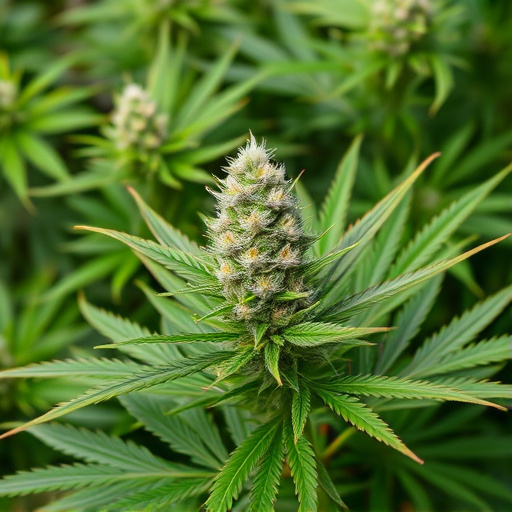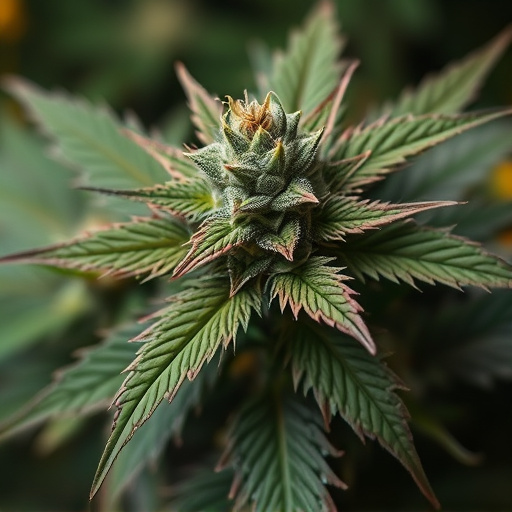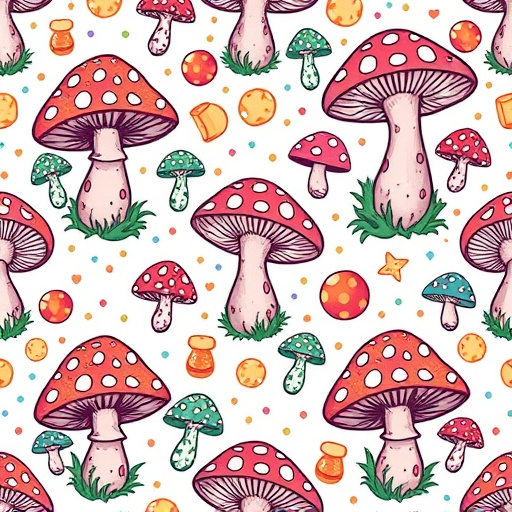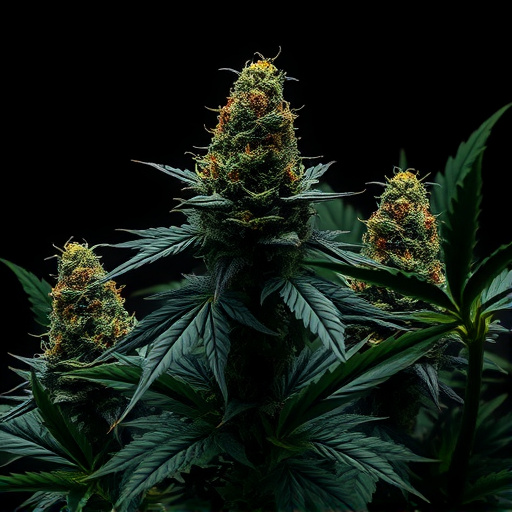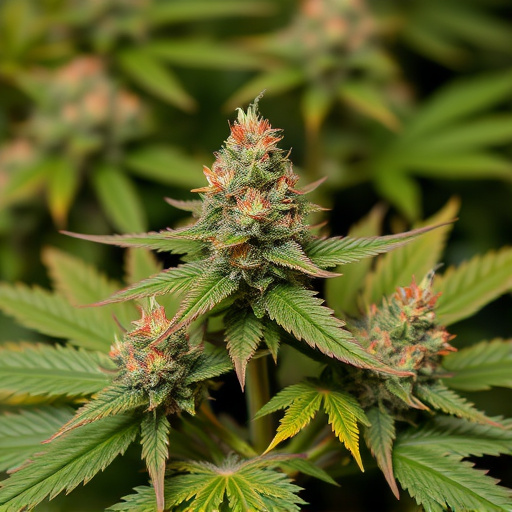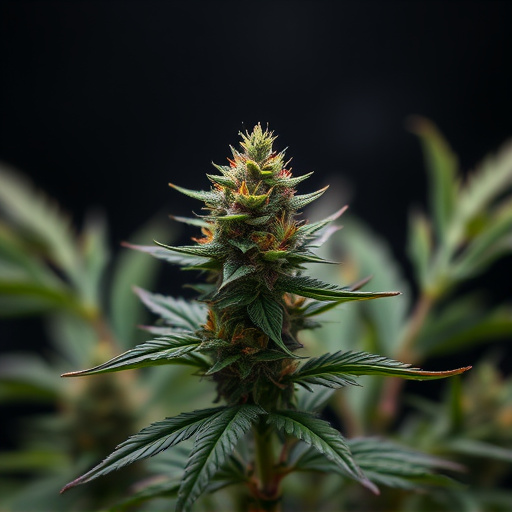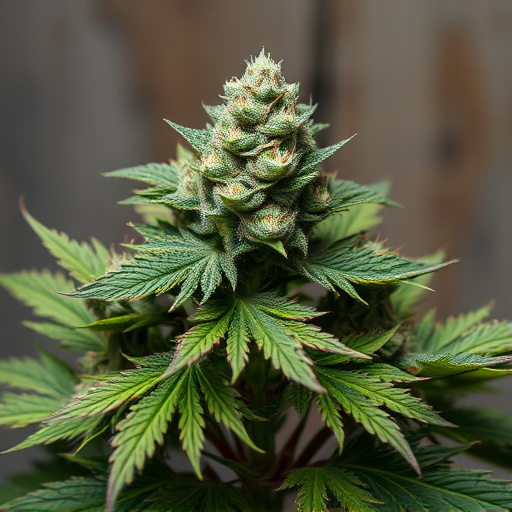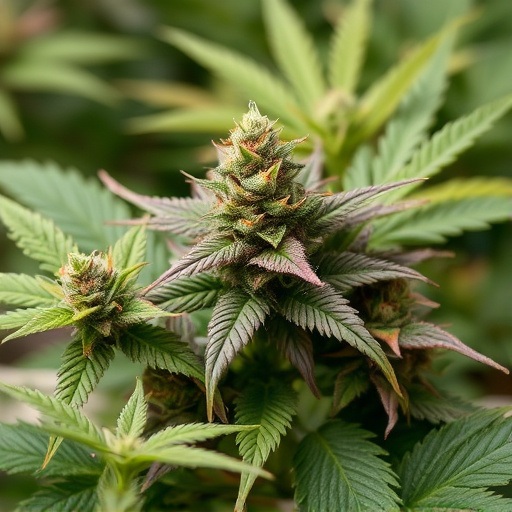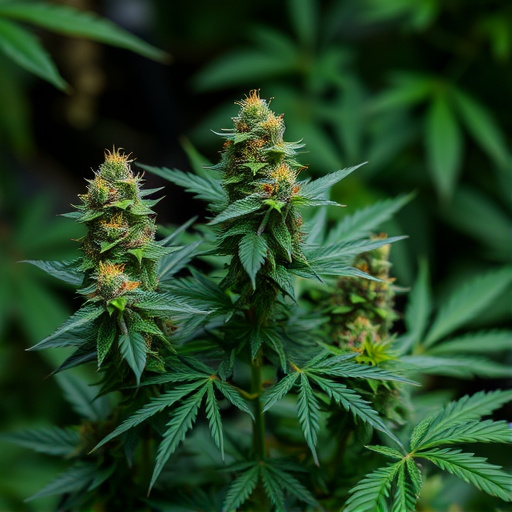Cannabis strains display unique colors like purple, red, and blue due to chemical profiles featuring specific cannabinoids (THC, CBD) and terpenes (myrcene, linalool). These colors signal potential therapeutic effects, notably in anxiety weed strains known for their vibrant hues. Decoding these chemicals helps consumers make informed choices when managing mental health with anxiety-inducing strains, as different profiles can heighten or alleviate anxiety.
Uncover the enigmatic secrets behind the vibrant hues of purple, red, and blue weed. This article explores the captivating chemistry behind these rare cannabis varieties. We delve into the intricate interplay of cannabinoids and terpenes, revealing how they contribute to distinct colors and potential effects, including their association with managing anxiety in certain strains. Prepare to navigate a fascinating journey through the world of weed colors.
- Understanding Weed Strains and Their Colors: A Chemical Perspective
- The Role of Cannabinoids and Terpenes in Color Variation
- Decoding Anxiety-Inducing Factors in Purple, Red, and Blue Weed
Understanding Weed Strains and Their Colors: A Chemical Perspective
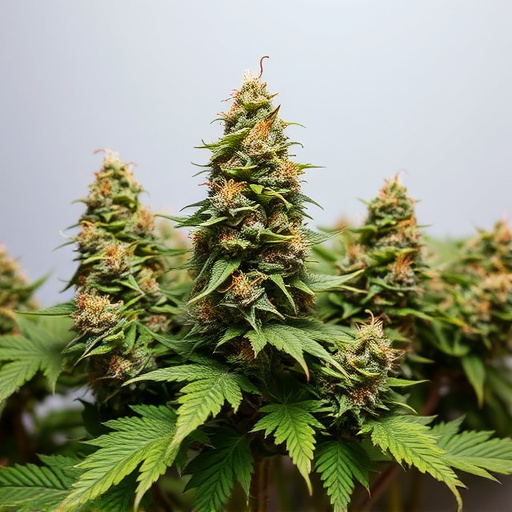
Weed, or cannabis, comes in various strains, each with unique chemical profiles that contribute to its distinct appearance, including its color. The colors purple, red, and blue are often associated with specific cannabinoid and terpene combinations. From a chemical perspective, these colors result from pigments and compounds within the plant itself.
For instance, purple hues can be attributed to anthocyanins, which are flavonoid pigments. Some cannabis strains produce higher levels of these anthocyanins, giving them a purplish tint. Red and blue shades might be due to a combination of cannabinoids like THC and CBD, as well as terpenes, which not only influence aroma but also play a role in the plant’s visual appeal. Certain anxiety weed strains are known for their vibrant colors, often serving as a visual indicator of their potential therapeutic effects and chemical composition.
The Role of Cannabinoids and Terpenes in Color Variation
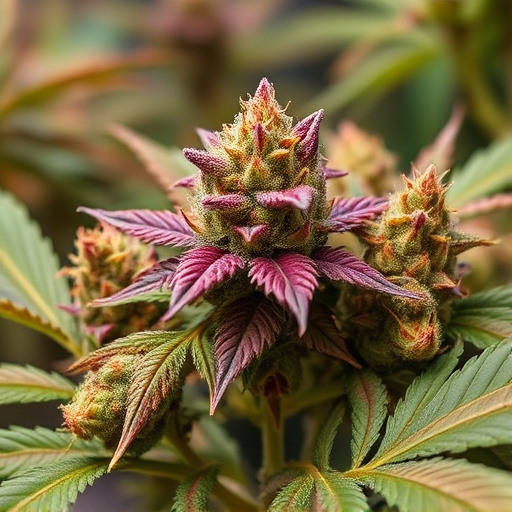
The appearance of purple, red, and blue hues in cannabis plants is a result of complex chemical interactions involving cannabinoids and terpenes. These compounds play a crucial role in the plant’s defense mechanisms and are also responsible for many of its therapeutic properties, including its potential to alleviate anxiety in certain anxiety weed strains.
Cannabinoids like THC and CBD, alongside various terpenes such as myrcene and linalool, contribute to the unique colors observed in different cannabis varieties. Terpenes, known for their aromatic properties, also influence the plant’s flavor and potential effects. The interplay between these chemicals creates a diverse range of colors, from deep purples to vibrant blues and warm reds, making each strain visually distinct and potentially offering varied experiences for consumers.
Decoding Anxiety-Inducing Factors in Purple, Red, and Blue Weed

Decoding Anxiety-Inducing Factors in Purple, Red, and Blue Weed
The vibrant hues of purple, red, and blue in weed aren’t just aesthetic; they often signal unique chemical compositions that can significantly impact a user’s experience. These distinct strains, known for their captivating colors, also carry specific anxiety-inducing properties. Factors like high THC levels, certain terpenes, and the presence of rare cannabinoids play a crucial role in evoking varying emotional responses, including heightened anxiety or paranoia. Understanding these elements is essential for consumers looking to manage their mental health effectively while enjoying these particular strains.
Anxiety weed strains, with their striking colors, offer a range of effects that can be both therapeutic and challenging. Research suggests that specific cannabinoid profiles, such as high THC and low CBD ratios, might contribute to increased feelings of unease in some individuals. Terpenes like myrcene and limonene, commonly found in these strains, also influence the overall experience by interacting with cannabinoids. Recognizing these anxiety-inducing factors empowers users to make informed choices, ensuring a more controlled and enjoyable journey when exploring the diverse world of purple, red, and blue weed.
In exploring what causes purple, red, and blue weed, we’ve uncovered a complex interplay between chemistry, cannabinoids, terpenes, and anxiety-inducing factors. This diverse array of compounds contributes to not only the striking visual differences but also the unique effects experienced by users. Understanding these variations is essential for both cultivators aiming to breed specific strains and consumers seeking tailored experiences. By delving into these chemical complexities, we can better appreciate the nuances that make each strain a game-changer in the world of anxiety weed.
